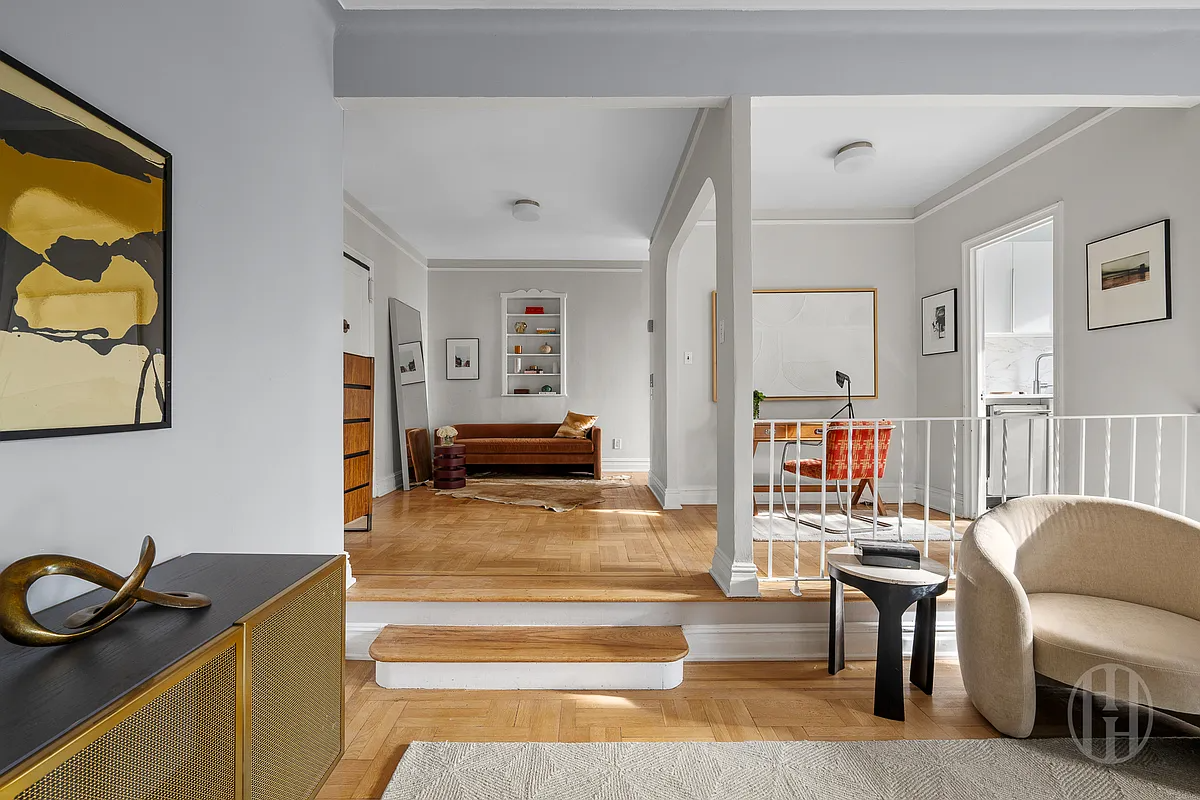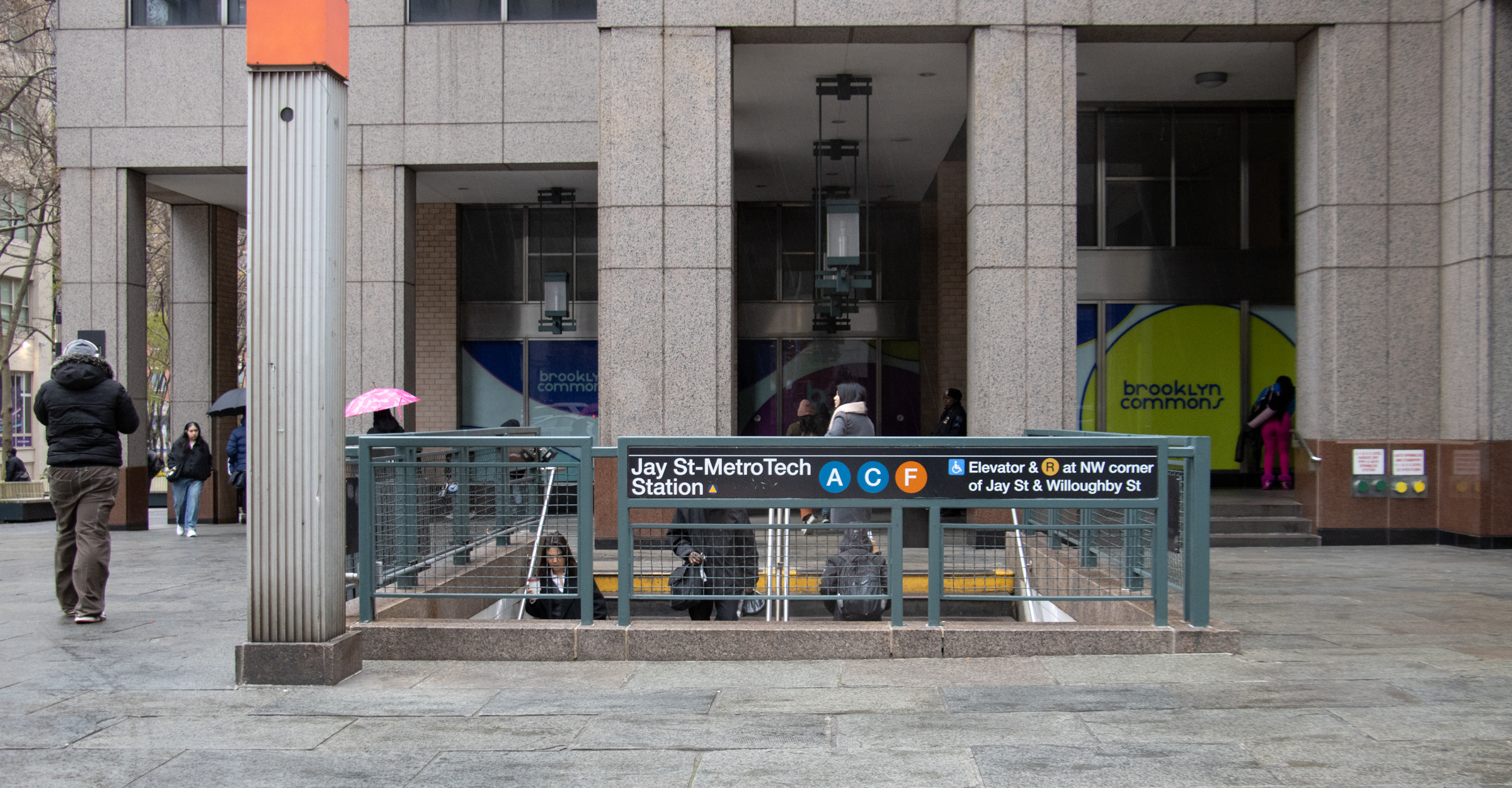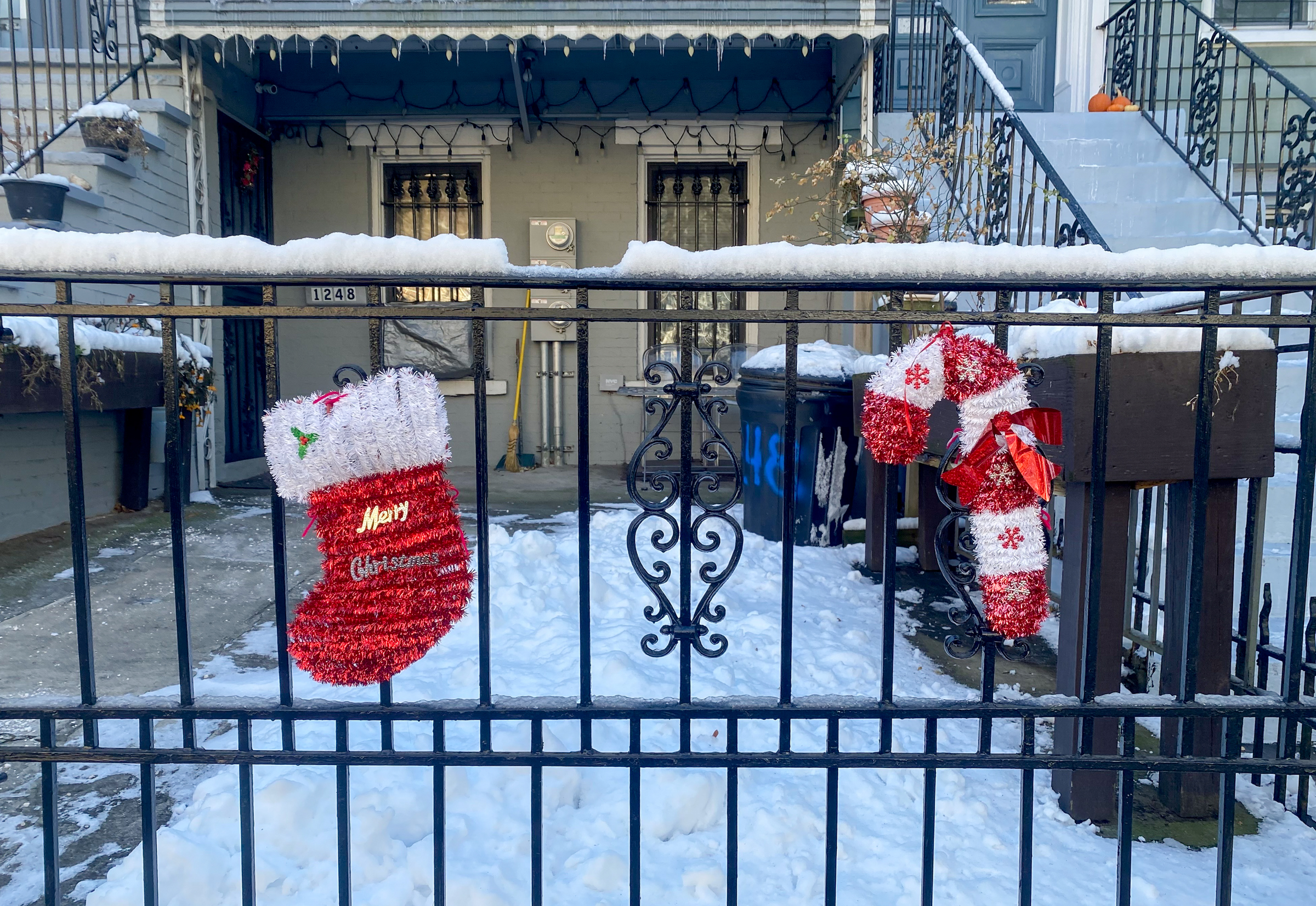Civic Council Wants to Supersize Park Slope Historic District
On Thursday night, the Park Slope Civic Council set forth an ambitious plan to expand the Park Slope Historic District in three phases over the next several years; if completed, the effort would result in the largest landmarked area in the city, reported the Brooklyn Paper. Phase 1 would address the area bounded by Flatbush,…

 On Thursday night, the Park Slope Civic Council set forth an ambitious plan to expand the Park Slope Historic District in three phases over the next several years; if completed, the effort would result in the largest landmarked area in the city, reported the Brooklyn Paper. Phase 1 would address the area bounded by Flatbush, Prospect Park West, 15th Street and 7th Avenue; Phase 2 would include the blocks between 5th and 7th Avenues between Union and 15th Streets; Phase 3 would encompass the strip between 4th and 5th Avenues all the way from Flatbush to 15th Street. In all, more than 5,000 new buildings would gain protection through the plan. “There is so much of Park Slope that is at risk and in danger of development,” said Peter Bray, chair of the Council’s Expansion Committee. We want to preserve everything that needs to be preserved. The Landmarks Preservation Commission will begin studying the request but in all likelihood will have its own opinions about whether the entire area gets designated. For a historic district, we look for a distinct sense of place, and a coherent streetscape, said LPC Spokesperson Lisi de Bourbon. (Click map to enlarge.)
On Thursday night, the Park Slope Civic Council set forth an ambitious plan to expand the Park Slope Historic District in three phases over the next several years; if completed, the effort would result in the largest landmarked area in the city, reported the Brooklyn Paper. Phase 1 would address the area bounded by Flatbush, Prospect Park West, 15th Street and 7th Avenue; Phase 2 would include the blocks between 5th and 7th Avenues between Union and 15th Streets; Phase 3 would encompass the strip between 4th and 5th Avenues all the way from Flatbush to 15th Street. In all, more than 5,000 new buildings would gain protection through the plan. “There is so much of Park Slope that is at risk and in danger of development,” said Peter Bray, chair of the Council’s Expansion Committee. We want to preserve everything that needs to be preserved. The Landmarks Preservation Commission will begin studying the request but in all likelihood will have its own opinions about whether the entire area gets designated. For a historic district, we look for a distinct sense of place, and a coherent streetscape, said LPC Spokesperson Lisi de Bourbon. (Click map to enlarge.)
Slope’s District Would Be Truly Historic Under Plan [Brooklyn Paper]





I do agree- there has to be a better balance than what there is now. But benson goes entirely in the opposite direction- his take is, it’s my property, I’ll do whatever the hell I please with it. On the other hand, preservationists are not impractical, and their so-called zealotry is really the intensity of effort needed to protect historic neighborhoods.
There is nothing impractical about an effort that helps sustain and stabilize a neighborhood. Developers are notoriously inconsiderate of the community and residents. They simply do not care- after all, it’s their property as far as they are concerned. Since the bottom line for them is all about profit, they will put up the least expensive structure for which they will try to get the maximum price. If this all happened within a vacuum, no one would care. But they don’t- look at the development on Myrtle. Catasiminidis (sp.?- can’t remember) tore down a neighborhood food store. To date ahe has not replaced it although he promises there will still be one. So,yes- developers impact a community far more than only the site they build on and like it or not they should be responsible about what they do. If that means staying within scale and context, so be it. But the wild west show we’ve had the last decade or so has produced more travesties than it has Empire State Buildings.
Slopefarm:
What the city needs is a more effective, more nuanced and more widely mapped contextual zoning text that would establish guidlines for the sort of architectural features you descripe…uniform cornice lines, setbacks, and streewalls for example. Those sorts of designations would protect the general character of an area without freezing development, as landmarking does.
My fustration with proposals such as this are that they irresponsibly mis-apply the landmarking statute in a manner that damages the credibility of the entire preservation movement in New York. In order to be practically and politically effective, landmarking must be based on BALANCE!
The fundemental policy issue wiht landmarking, especially in NYC, is how do you balance historic preservation with the reall need to encourage development and growth. This is particularly important in a city such as NYC which is defined by its dynamism and constant change.
See Benson’s imagining of what would have happened to the old Waldorf Hotel, site of the Empire State building, in a landmark era. Also consider the howls of modern day preservationists were they to be transported to a Brooklyn of the 1870s or 1880s as developers swarmed the rapidly growing borough building mile upon mile of our currently beloved brownstones on what was then farm land or virgin forrest.
Proposals such as this one regretably ignore any sense of balance and make preservationists look like impractical zealots at City Hall.
I don’t think so Montrosse.
Nice try though.
Historic district status in Crown Heights will help continue to stabilize the property values there and help cement pride in the neighborhood etc. Its purpose would not be to stem re-development pressure, which frankly I would guess is non-exitant, no disrespect intended.
Both reasons for landmarking (stabilizing property values in certain areas and warding off over-development in other areas)are very legitimate. Another point is that there have been a couple of new districts designated in crown heights lately, and yet the heart of park slope remains with no protection, so with all due respect it is the slope’s turn next.
If communities do not want to see new buildings being built whose fault is that? the preservationists, or the developers and their architects? Seems to me that the preservation movement has done more over the past twenty years to make the city attractive again to a new generation than any of the uninviting and often hideous new residential towers that have popped up here and there. If you are a fan of the oro or the fresca (or whatever ricidulous name it has) you are in a distinct minority. those buildings are graceless and have all the charm of a finacial district corporate headquarters. There is a reason why the peasants are up in arms against this sort of new building. Blaming preservationists for the widely held view that new buildings are shitty misses the right target.
Sorry, Sam, but I have to disagree with you on the Slope taking presidence over Crown Heights. Because property costs much less over here, there is more of a chance that someone can come along and try to develop here, if we are not protected. They may not want to build super expensive luxury condos, and get the return of a Park Slope address, but they will certainly try to build something. Neighborhoods like Crown Heights and Bed Stuy are viable locations for people priced out of the Slope and other places. If money can be made, some developer will go for it, if they can.
A prime example can be seen on St.Johns on the corner of New York Ave, a block slated to be in Phase 2 of our landmarking process. A developer tore down the end house of a row of 3 story row houses from the 20’s, and is now putting up a bland and oversized 6 story condobox which is higher than every other building on the block, and will be totally non contextural. When he bought the property, he promised the next door neighbor and others on the block that he was only going to renovate the existing house. Soon after, came the bulldozers.
We have hardly any empty lots in Crown Heights North, so any rebuilding means tearing down one of the existing buildings in our neighborhood. With very few exceptions, everything we’ve got is worthy of landmarking, and if in bad shape, could be rehabbed. Bed Stuy is ripe for overdevelopment because of empty lots. They have already lost a lot of buildings to development that would not be allowed if those areas are landmarked. No one wants to stop necessary development, but without the protection of landmarking, new development is not subject to any rules and regulations outside of building codes. We would like SOMEBODY to have a say in how our neighborhoods grow and how they look. At this time the LPC is it.
As Montrose notes, only 3% of NYC neighborhoods are landmarked. But i certainly agree the LPC should use a scalpel, not a chain saw. that said, I admit to being an ardent preservationist. It doesn’t mean I am against development. I am most emphatically not- but I am also most emphatically not for the kind of development that knocks down beautiful buildings to put up atrocious, out of scale and out of context buildings that add nothing to the community and everything to the developers pocket. Developers finish a building and then they get to walk away while the community is left to deal with the impact of what they’ve done.
I’m not quite buying your view, clintonhillbuyer. this area has already been rezoned, so, apart from the 4th Ave corridor, there isn’t much risk of development in excess of the current neighborhood scale.
For much of the proposed areas, however, the real risk is that people will do some ugly stuff to their houses marring the historic look and feel of the block (not every block needs protection, of course). People have broken through otherwide even blocklines and done strange stuff to their facades. And some of the new infill in the more marginal areas is particualrly disruptive.
But I agree that landmarking can be overkill. What we could use for some areas are some modest materials, placement and feature limits for new construction and exterior renovation that would help keep some stylistic and neighborhoods feel continuity within existing zoning rules without imposing the exacting requirements that are imposed with true landmarking.
“the existing boundaries were created at a time when people’s idea of “park slope” encompassed a much smaller geographic area than it does today”
Actually I lived in Park Slope back then and my idea of the neighborhood was the same as the expanded area shown on the map. That is not to say that there weren’t many blocks I’d never have considered living [or even walking] in.
FSRQ is 100% correct. This proposal is a textbook example of a civic organization attempting to use the landmarking process to achieve other land use goals…namely an anti-development agenda.
I’m certainly not supportive of willy-nilly over development of a neighorhood like Park Slope. But the remedy should be thoughtfull land use policies that direct development into areas that are able to handle the population increase (IE well served by transit and other infrastrucutre).
Its irresponsible to declare vast swaths of NYC unavailable to development. Its also irresponsible to hijack the landmarking process to achieve unrelated political goals. Its one of the reasons why LPC has so much trouble. Landmarkings should be done with a scalpel, not a chain saw. These sorts of proposals serve only to undermine the legitimacy of the entire landmarking exercise.